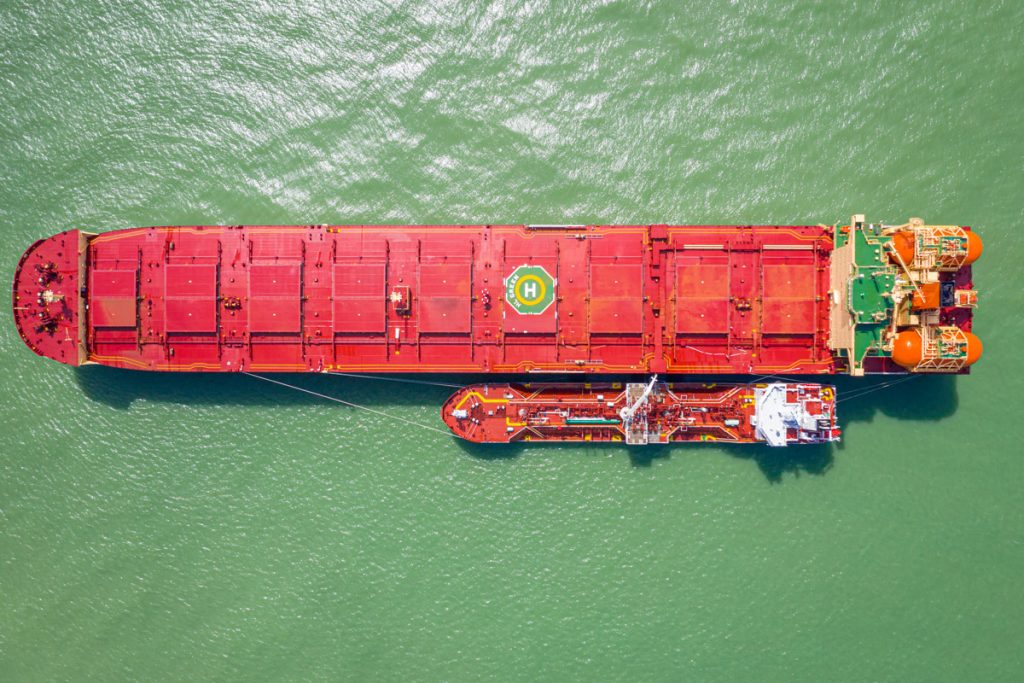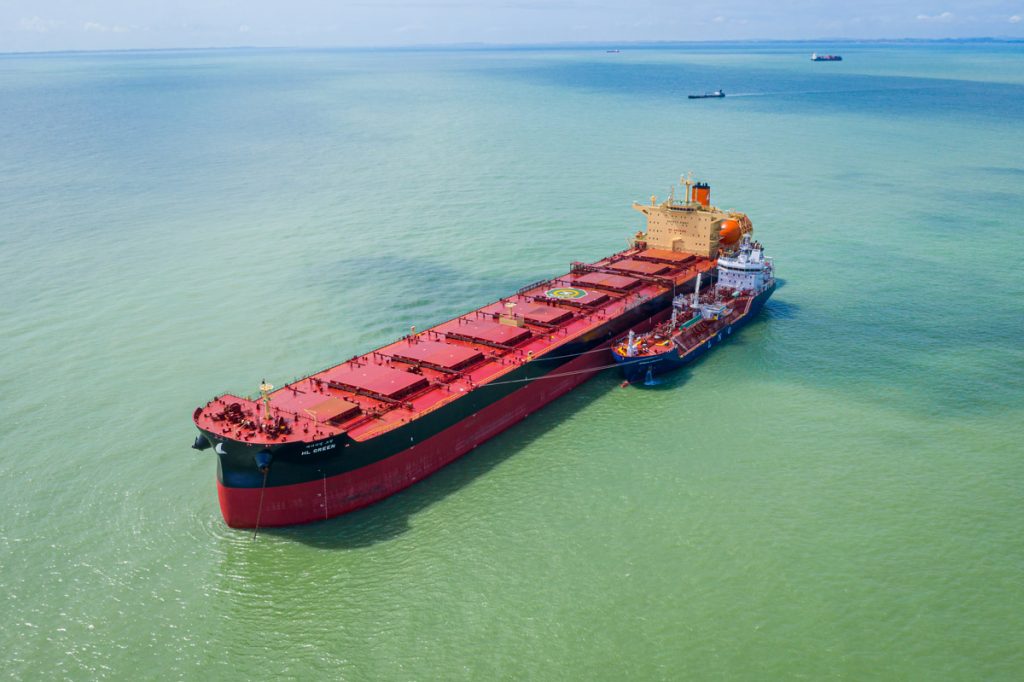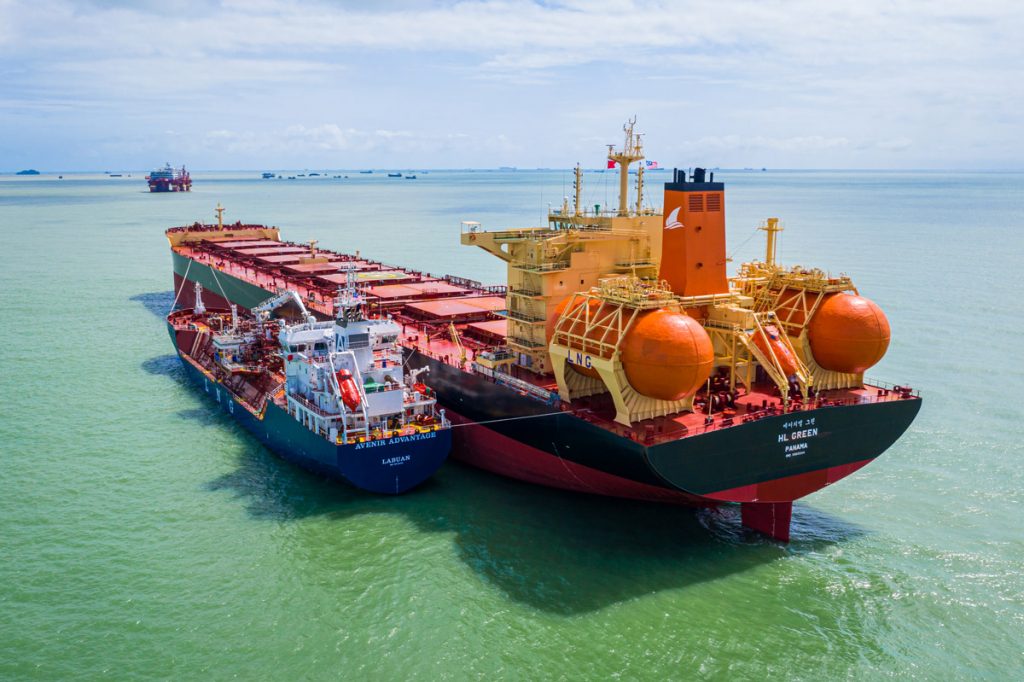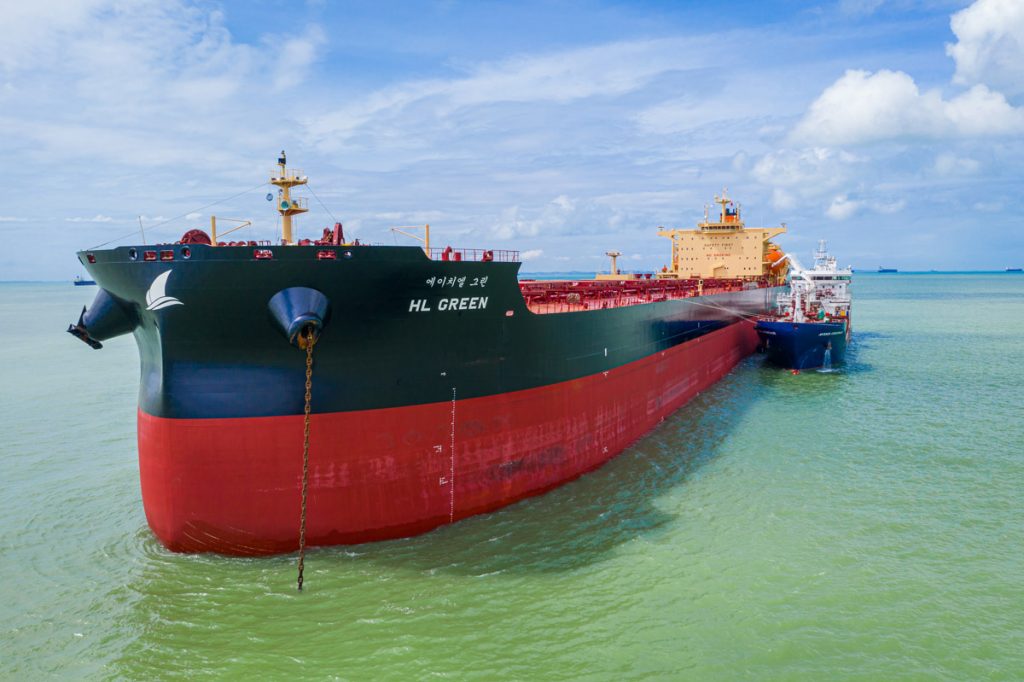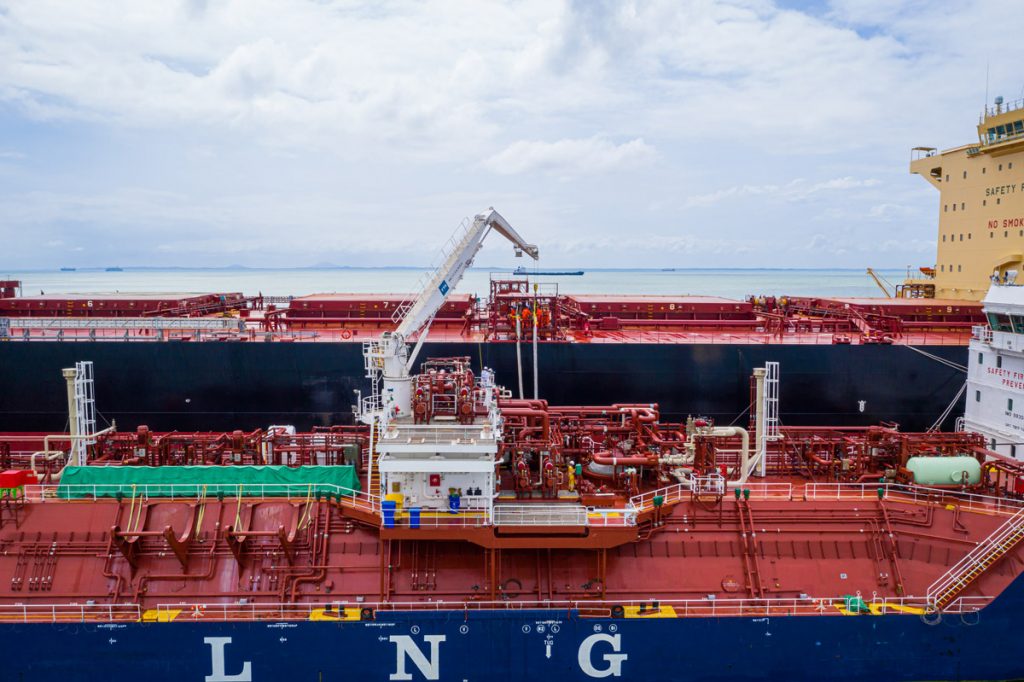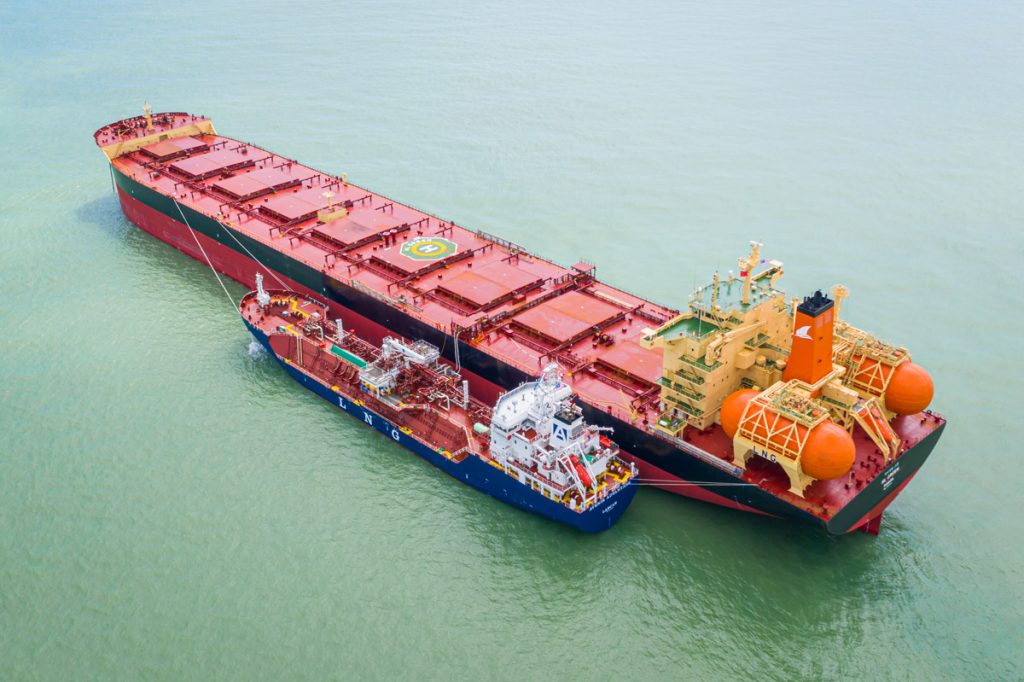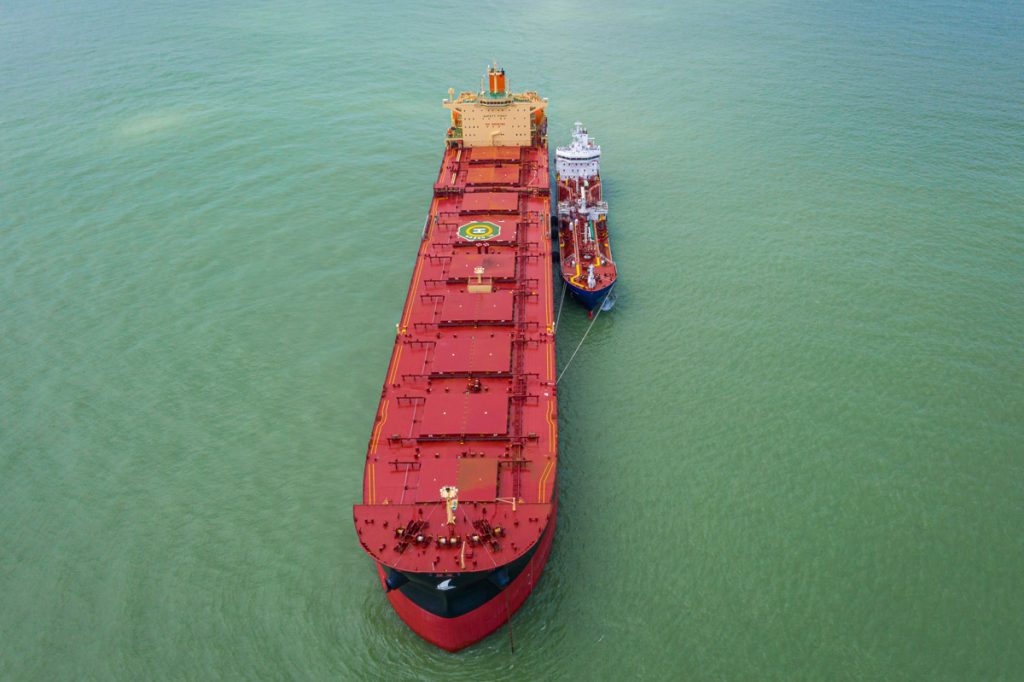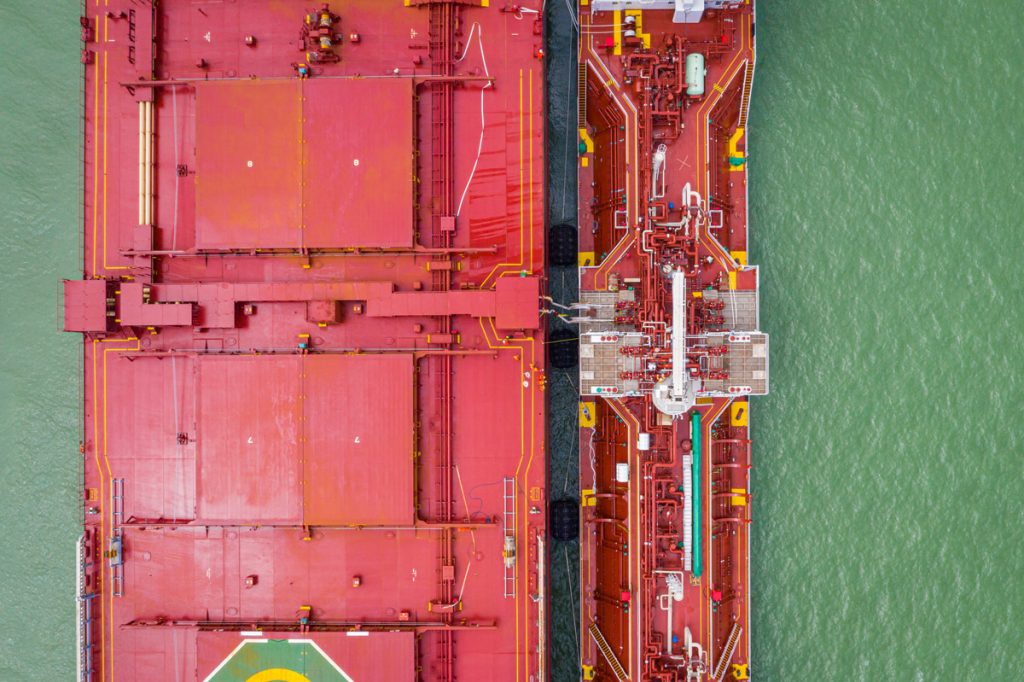The regulation of greenhouse gas emissions in the shipping industry has been made a priority by the United Nations (UN) through the International Maritime Organization (IMO). The IMO has set targets to reduce the industry’s carbon emissions by at least 50 per cent by 2050. Meeting these targets will require ships producing substantially less carbon emissions to be on the water by 2030.
A proven approach to reach these targets is to use Liquefied Natural Gas (LNG) for as the main fuel source propulsion.
LNG has lower particulate, sulphur and nitrous emissions and produces considerably less greenhouse gas intense than traditional heavy fuel oil and marine diesel oil.
LNG infrastructures in main bunkering hubs around the world will help the shipping industry make the move to a more sustainable fuel proposition.The adoption of LNG as a bunkering fuel is expanding across the globe, with new bunkering infrastructure being built in Europe, Asia and North America.
